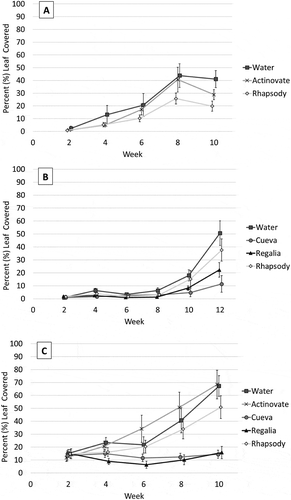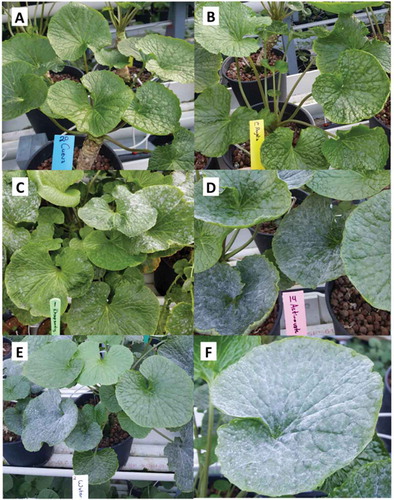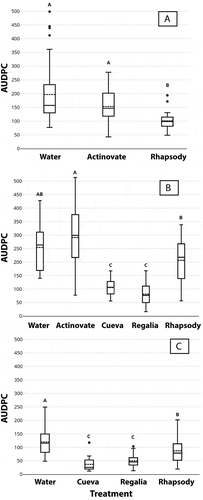Figures & data
Fig. 1 Powdery mildew development on wasabi leaves caused by Erysiphe cruciferarum. (a) Early development of disease, showing white colonies. (b) Advanced stages of infection. (c, d) Severe powdery mildew infection that can cause yellowing and necrosis
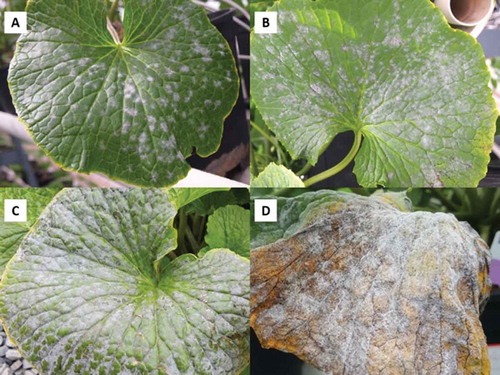
Fig. 2 Phylogenetic analysis of powdery mildew isolates identified as Erysiphe cruciferarum from several cruciferous hosts, including the wasabi powdery mildew from Korea (Δ). The sequence from the BC wasabi isolate (▲) was subjected to NCBI Blast, and aligned in MEGA X using ClustalW, and compared using a Neighbour-Joining tree
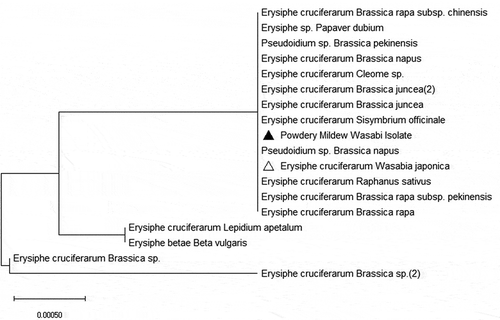
Fig. 3 Morphology of conidiophores and conidia of Erysiphe cruciferarum. (a) Conidiophores and hyphae growing across a wasabi leaf surface (scale bar = 25 µm). (b) A close-up of a developing conidium (scale bar = 2.5 µm). Note the lack of conidial chains. (c) Conidia observed under light microscopy (scale bar = 250 µm)
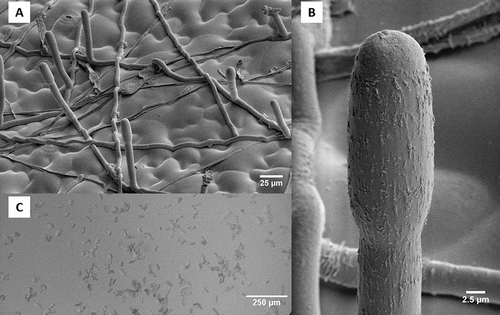
Fig. 4 Progression of powdery mildew infection on wasabi plants following treatments with Actinovate, Cueva, Regalia, Rhapsody, and a water control. (a) Trial 1(10 weeks), (b) Trial 2 (10 weeks), and (c) Trial 3 (12 weeks). Bars represent 95% confidence intervals
